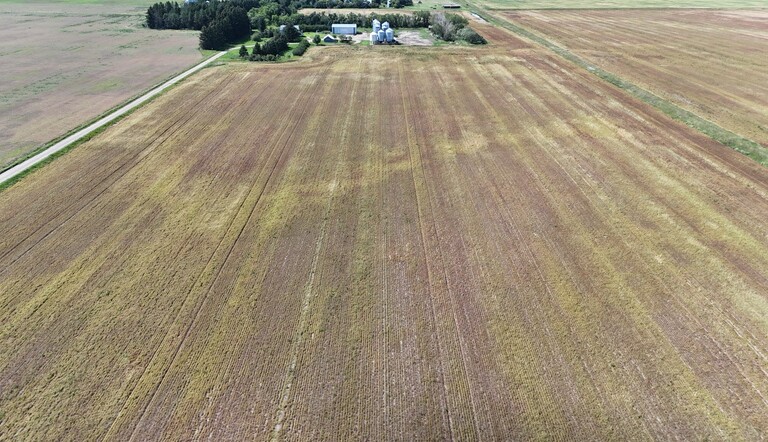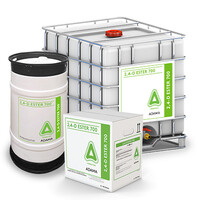
Optimizing 2,4-D Ester Performance: Best Practices for Effective Weed and Alfalfa Control

By: Drew Thompson, TSA Eastern Canada
2,4-D Ester is a powerful post-harvest management tool; activity on a broad range of weeds and economical price point. However, efficacy is not always as consistent as desired, particularly with deep rooted perennials, glyphosate resistant weeds and termination of alfalfa fields.
Product rate (ie. too low) is part of why sub-optimal control. Lower spring burndown rates are often viewed as 'standard', but the label allows for applications up to 1.35 L/ac (3.4 L/ha) for stubble land. These higher rates are not always needed, but increased rates of 2,4-D Ester do have stronger activity on larger, more established weeds, and species for which tank mix partners may not be effective (ie. glyphosate resistant weeds).
Conditions at application can also impact performance. 2,4-D Ester is somewhat of a ‘Goldilocks’ product; poorer activity when conditions are too hot or too cold1. Low temperatures reduce weed activity which can result in not enough ai being brought in for full control. When too warm (over 29C) the product can rapidly volatilize, leaving the field environment before full activity. Avoiding applications under extreme heat is recommended, and while too cool isn’t ideal, increasing the rate can help maintain efficacy.
With regard to termination of alfalfa, timing is crucial. Research has demonstrated that a mix of 2,4-D Ester and glyphosate can provide 98% control of alfalfa when applied early (Oct 3rd). The same mix applied late (Oct 30th) saw the control drop to 30%; difficult to control alfalfa as it approaches dormancy2. This timing impact would be extremely important when targeting RR alfalfa stands (or fields with RR seed contamination).
Cited Literature:
2 Killing off Roundup Ready Alfalfa – Field Crop News
